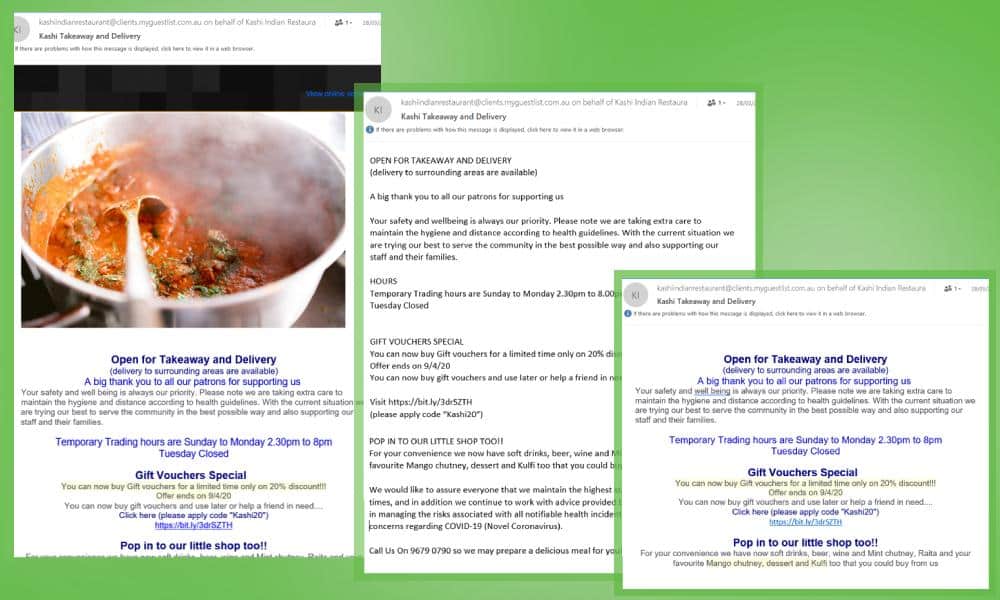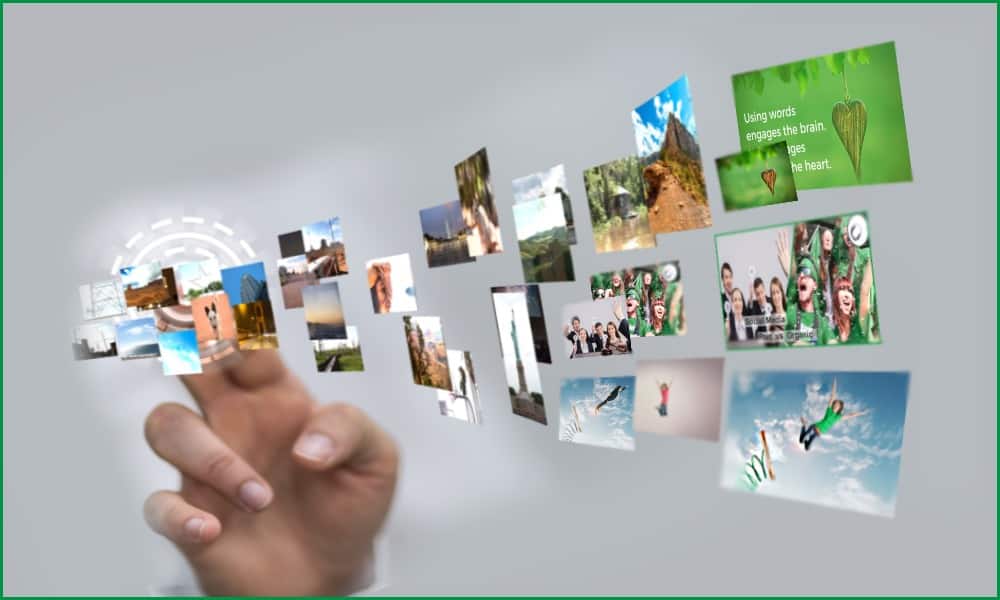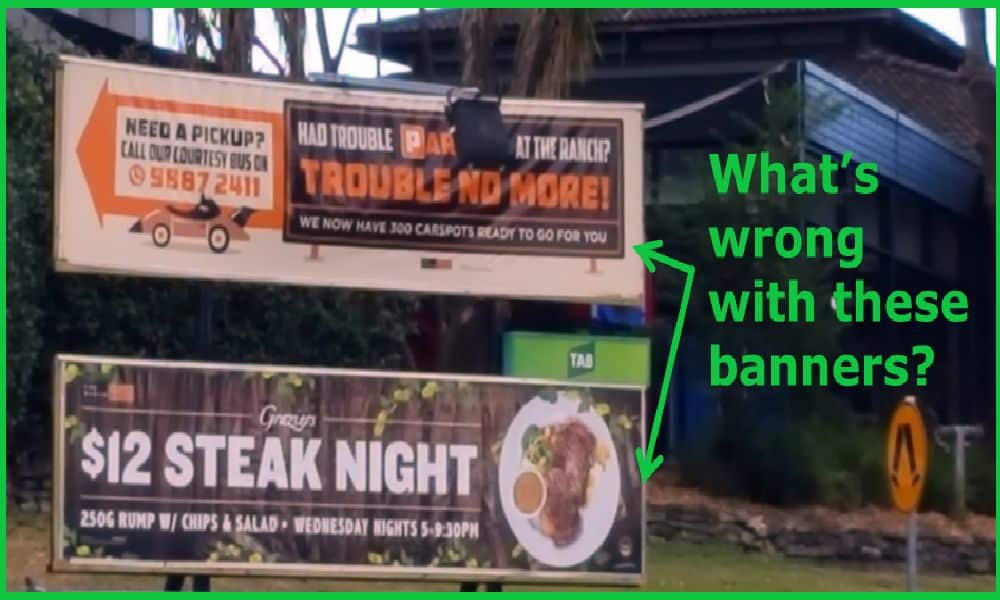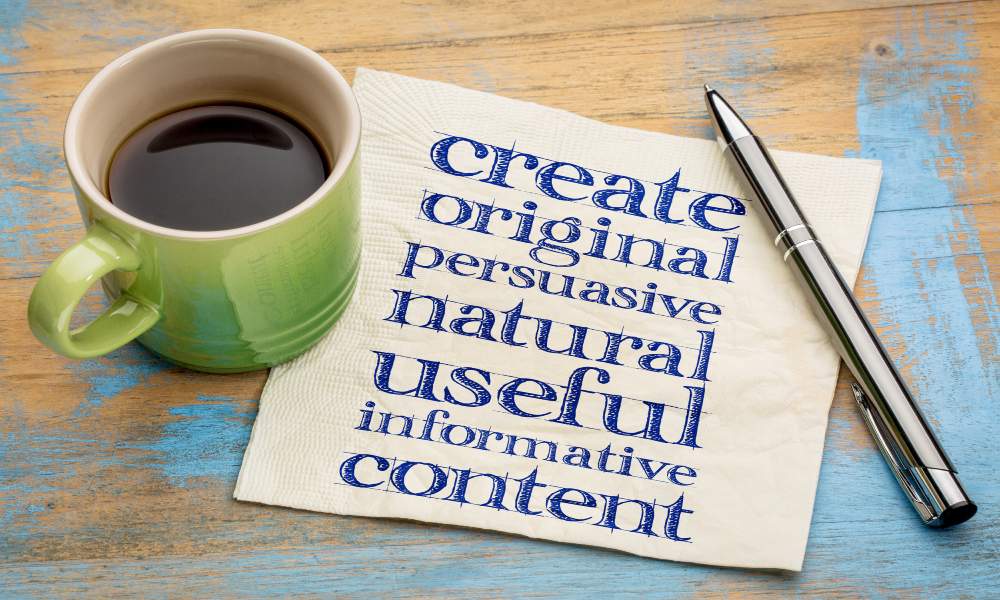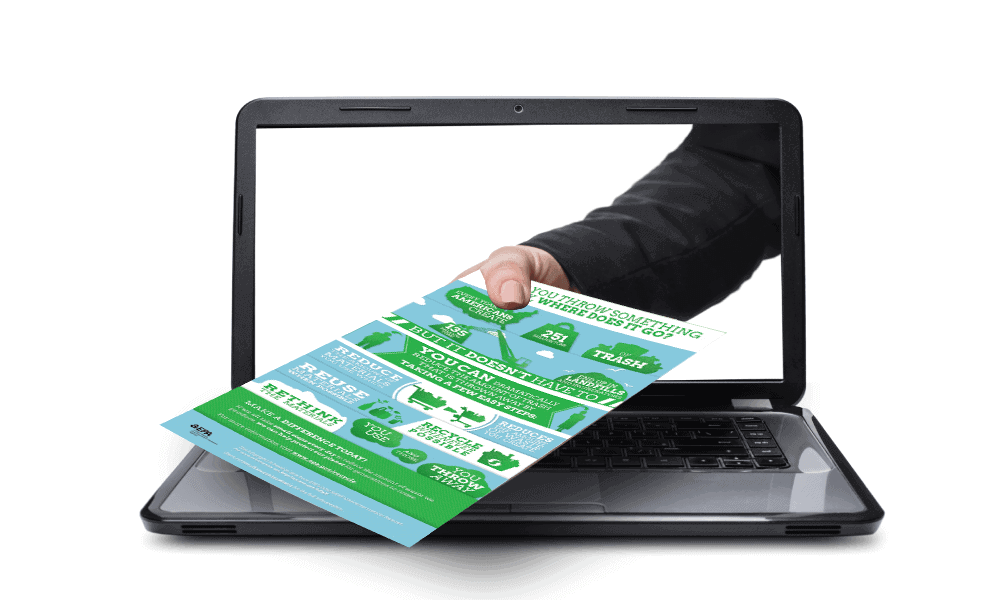How important are pictures to blogging?
I am just starting to blog and I find some blogs which do not have images yet are still interesting but I also believe that image adds up excitement to your blog post.
I came across this question the other day. I was somewhat surprised.
I’m a words persons. I love words. I love books. I love writing. You may have noticed I have a tendency to write overlong blog posts!
But all the same, I know, deep down, that images are vital for blogging.
Just as they are for all parts of your website.
Realistically, there’s not any difference. Every blog post you publish is another page on your website. Every blog post could be the first page of your site visitors see. (After all, a major reason we write blogs is that we want the posts to come up in search results and drive traffic to our site…)
Why is using images on your website so important?
We all know the phrase ‘a picture speaks a thousand words’.
According to Sh!ft eLearning, images:
- stick in long term memory
- transmit information faster than words
- improve comprehension, and
- trigger emotions.
When using images on your website and blog, remember the last one most of all. Emotion is key to engaging visitors.
Images get attention!
Once upon a time I ran the Australian dating site RSVP. We ran the statistics. Dating profiles with photos got on average 6 times more contact than the ones without photos.
The same thing applies to LinkedIn – your profile is 14x more likely to be viewed simply by having a profile picture.
Notice this one thing. Those statistics refer to any picture, not a even a good picture. You can get many more views by having the right picture.
Of course, this is talking about photos of individuals, in cases where the individuals matter. But even without that, let’s look at the difference an image can make to user activity online.
Are you using the right images?
Here’s a Google content experiment I ran for a client which shows the importance of images.
The ‘About Hornet’ page of Hornet Group had a very high bounce rate. It was the second most popular landing page on the site, after the home page. So I wanted to fix it.
Here’s the original page.

And here’s the version I tested against it.
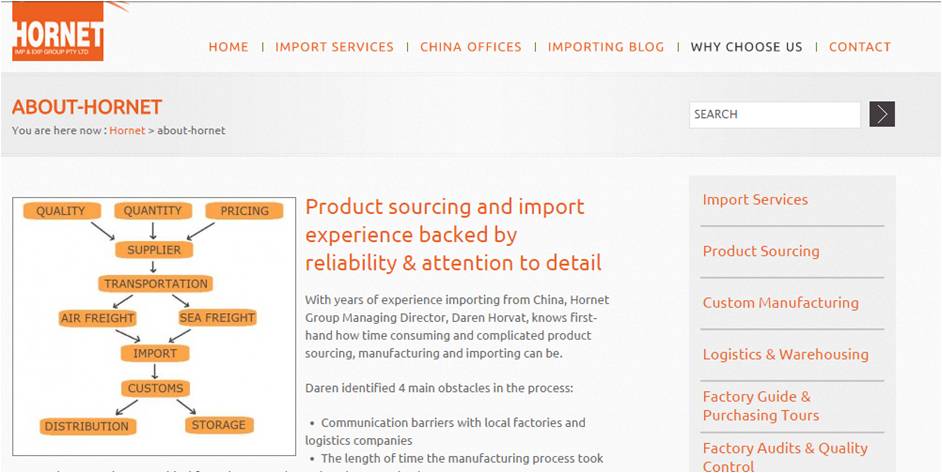
And here’s what happened to the bounce rate.

Changing the image on this page reduced the bounce rate from 100% to 23%!
(Actually, in real life, over a longer period, the bounce rate dropped from 60.15% to 52.17%. Not quite as spectacular, but that’s still a lot more people hanging around and engaging with you online.)
And finally…
Using captions for your images

Everyone pays attention to images – and captions!
Kissmetrics say that ‘captions under images are read on average 300% more than the body copy itself’.
The image draws the eye. The caption is closely related to it and distinct from the rest of the text. Of course it gets noticed.
Newspaper publishers know this.
Magazine publishers know this.
And it works online too.
But if you don’t have an image, how can you have a caption???
So images are vital.
But which images?
Choosing the right images for your website
 There are a few rules of thumb to consider when selecting your image.
There are a few rules of thumb to consider when selecting your image.
- Make sure the image is relevant. Does the content match your post? At the very least, you want a unifying theme. That’s why there are so many ‘jigsaw’ images on business websites – it’s a way to express the concept of everything fitting together neatly.
- Does the image suggest a story? Will it draw attention?
- Does the image demonstrate a point? (For example, look at the content experiment results on this page.)
- Is the image ‘real’ or is it clearly a stock image?
Stock images are a challenge. Most of us use them, at least some of the time. But try to go beyond the obvious. Do something a little different. Not just a generic smiling businessman. Or a truck for a freight company. - Is the image good quality? You do want to look professional, don’t you?
- Do you have a consistent style of images across your entire website? For example, at NoBull, we use photos, generally with a lot of green, for our lead images on pages and posts. Or check out Jonathan Crossfield for a great example of house style.
Last but not least – make sure your image is properly optimised for your web page!
- The photo you took on your smartphone is 4MB – but do you know how long that takes to load online?
- Give the file a meaningful name. It’s another chance to tell Google what this page is all about.
- Use alt text. This provides alternative information (‘alt’) for the visually impaired. And once again, it helps Google know what your image is about.
What do the images on your website say about you and your business? Is it time to take another look at them?
And if you need some help with the practical steps for optimising images, ask us for a copy of our hands-on guide to Optimising Images for SEO.


